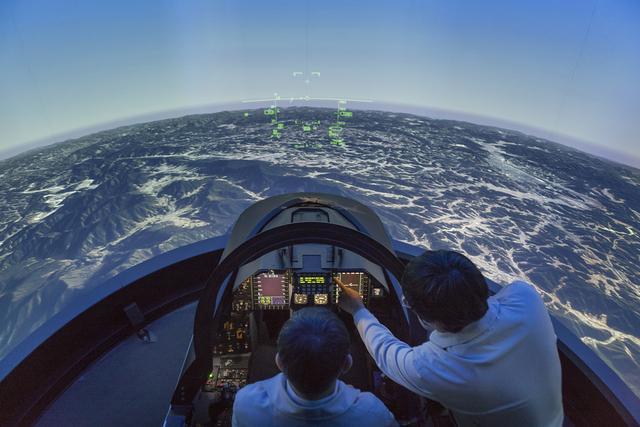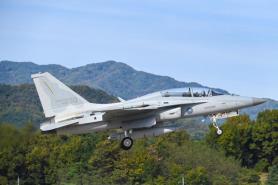
The system, designed for tactical development and pilot training, is part of a contract valued at 35.5 billion won (about $26 million) and incorporates reinforcement learning–based AI, making it the first of its kind in the country. It allows virtual aircraft to learn from real-world combat data and autonomously adapt their tactics over time.
The Air Force has faced challenges in conducting large-scale flight training due to restricted airspace and noise complaints from civilians. The new system, however, enables combat simulations in a fully virtual environment, helping to overcome these constraints.
As part of the project, KAI also developed Level D simulators for the KF-16 and FA-50 fighter jets, incorporating virtual reality (VR) and mixed reality (MR) technologies. Level D represents the highest certification standard for flight simulations.
The system also integrates a range of advanced technologies, including AI-controlled virtual aircraft that act as both friendly and adversary forces, high-difficulty mission scenarios based on real-world tactics, and voice recognition features that enable pilots to issue and respond to spoken commands.
"The latest achievement sets a new standard for next-generation military training," a KAI official said. "We aim to lead the development of future Modeling & Simulation (M&S) technologies, including manned-unmanned integrated systems and Live-Virtual-Constructive (LVC) training platforms, contributing to the modernization of our armed forces."
Copyright ⓒ Aju Press All rights reserved.



